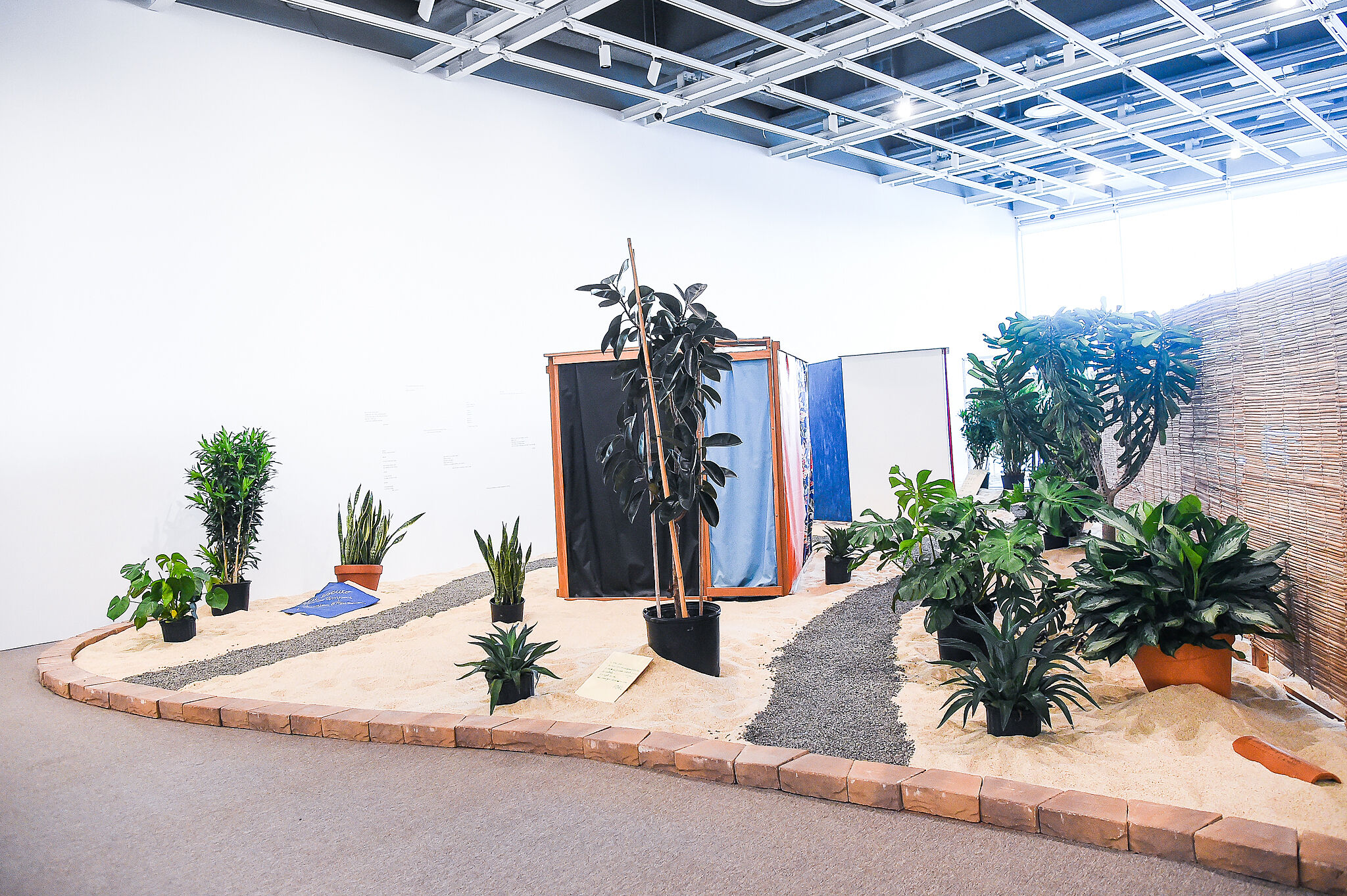Hélio Oiticica, P58 Spatial Relief, Red (P58 Relevo espacial, vermêlho), 1960
July 14, 2017
0:00
Hélio Oiticica, P58 Spatial Relief, Red (P58 Relevo espacial, vermêlho), 1960
0:00
Narrator: Find a bright red, hanging sculpture. This is one of Oiticica’s Spatial Reliefs. Usually, the word “relief” describes a sculpture that hangs on the wall, like a picture. Increasingly, Oiticica wanted to move his sculpture into real space—and to heighten the experience of color. He was part of a group of artists who favored geometric abstract forms, which reflected a utopian modernist moment in Brazil.
Christopher Dunn: It was a period of optimism, of national optimism associated with Bossa Nova, the musical style.
Narrator: Christopher Dunn is a professor at Tulane University and author of two books on this period—most recently, Contracultura: Alternative Arts and Social Transformation in Authoritarian Brazil.
Christopher Dunn: Brazil won its first World Cup in 1958. The president, Juscelino Kubitschek, democratically elected in 1956, led the charge to build this new futuristic capital, Brasília, which was inaugurated in 1960. At the same time, there were social forces and political forces that were beginning to mobilize to address some of the long-standing and deep structural inequalities in Brazilian society. There was a movement for land reform, for workers' rights. There was an attempt by students to begin to mobilize and make contact with workers, particularly in the early 1960s.

